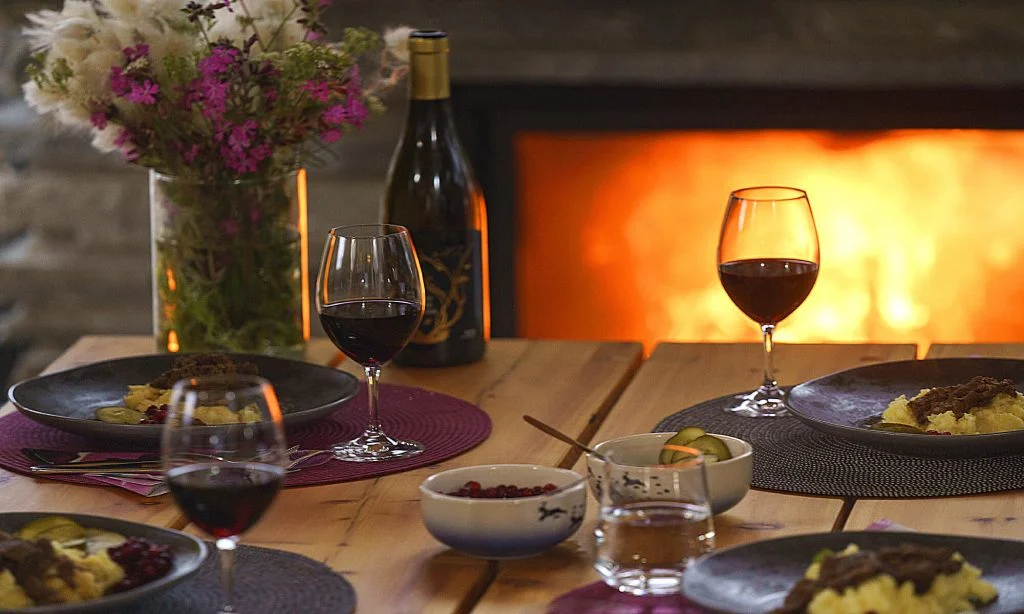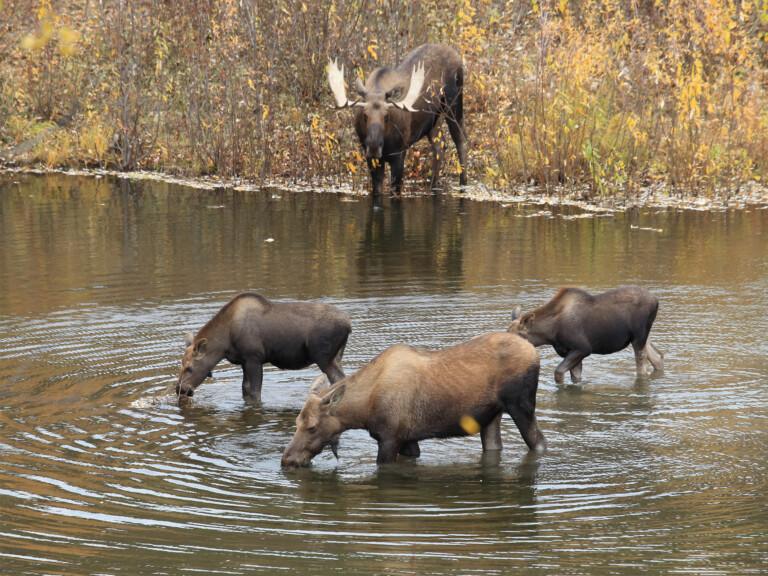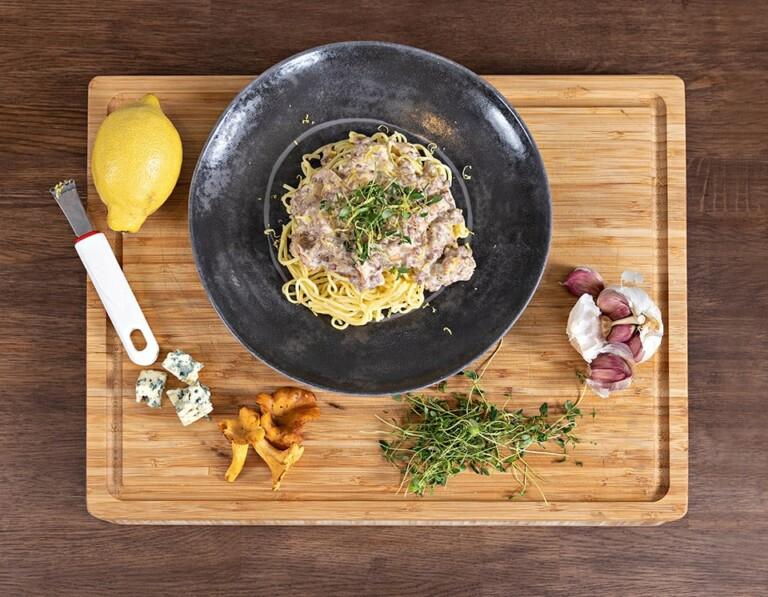
From the forest to the dinner table
From the forest to the dinner table
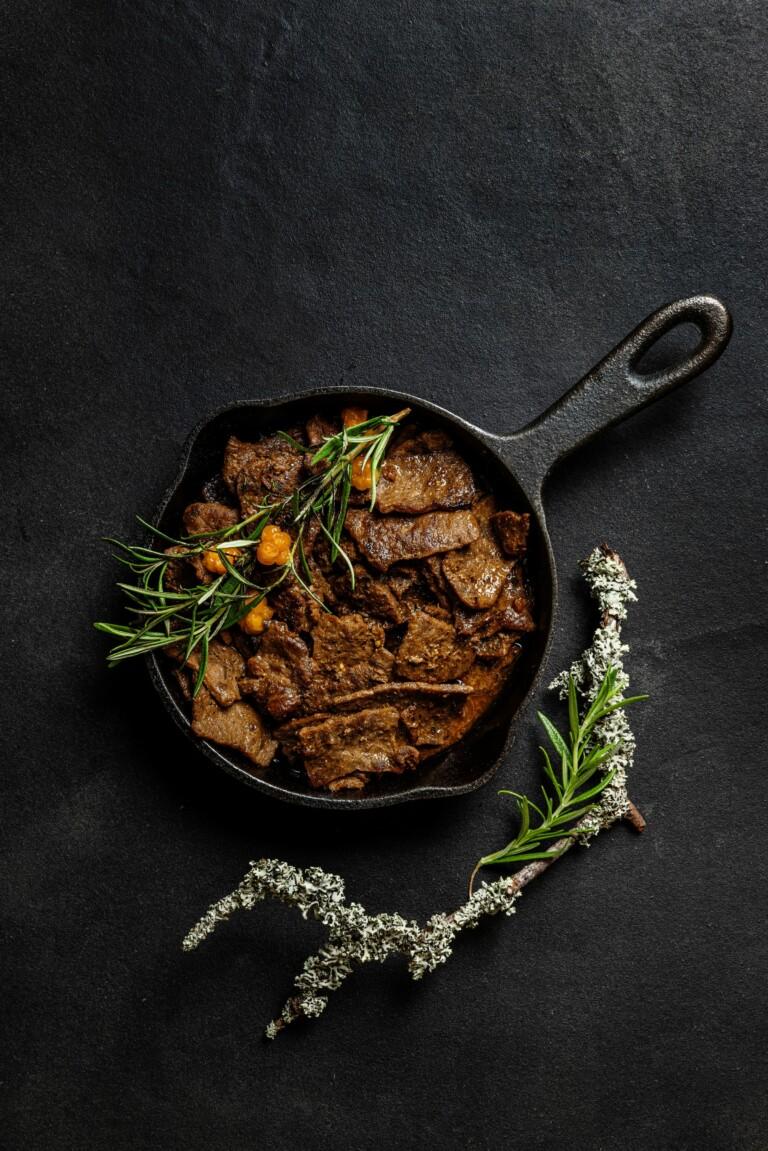
Game meat is a versatile ingredient that can be enhanced significantly with spices and cooking methods. What is characteristic of game meat is its juicy, forest-like flavor, which in its intensity ranges from the mild nuances of moose and red deer to the strong, rich aroma of reindeer.
Reindeer and game meat are tasty ingredients on their own, and it’s easy to prepare even festive dishes with simple recipes. However, there are two essential tips to remember when preparing game meat: it should not be overcooked, and it should not be cooked at a low temperature. Lean game meat becomes dry and grainy if overcooked, and the strong gamey flavor can take on bitter liver-like notes.
A meat thermometer is the game cook’s best friend
A meat thermometer is an indispensable tool for the game cook. Strongly flavored game meat, such as reindeer, should be cooked to an internal temperature of 56 degrees Celsius. When medium-rare, it retains its juiciness and flavor. For milder game meat, such as moose and red deer, an internal temperature of 56-58 degrees Celsius is suitable.
For whole cuts, sear the surface properly in a pan, then place it in the oven with a meat thermometer and cook to the desired internal temperature. Another method is to cut the meat into slices, quickly brown the slices in a hot pan or on the grill, and let them rest for a few minutes at room temperature until they reach 56 degrees Celsius internally.
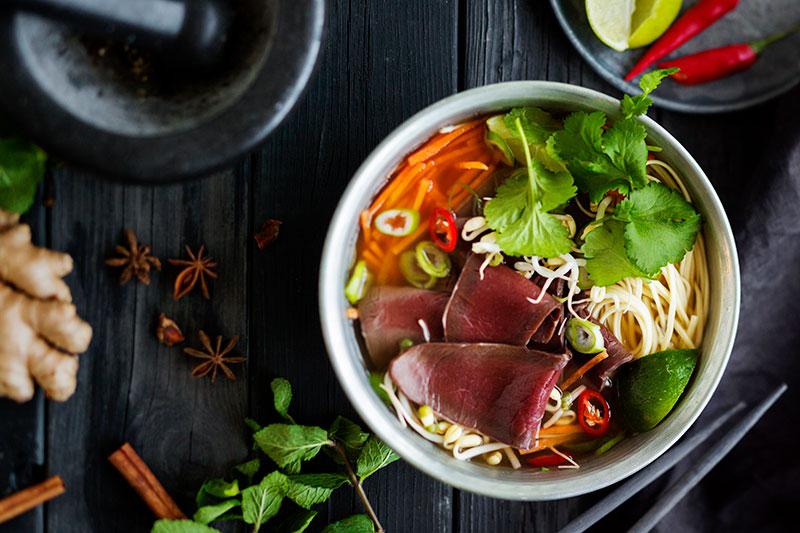
Using Spices to Enhance the Flavor of Game
The taste of good ingredients doesn’t need to be masked by spices. Salt and pepper go a long way. As a rule of thumb, too many flavors shouldn’t be combined. Choose two or three flavors that complement each other for the dish.
Depth of flavor can be achieved with classic game spices: juniper berries, rosemary, and thyme. Spices from Asian, Central American, and Mediterranean cuisines give game meat a refreshing twist. Try dried and smoked chilies, such as poblano and chipotle. They also pair well with wines, as long as the dish isn’t made too spicy. Even a small amount of cinnamon can give an interesting note to game meat.
Creativity in Wine Selection
Traditionally, strong and full-bodied wines are chosen to pair with game. However, flavor nuances, the sauces used, and the side dishes guide the wine selection more than the game meat itself. Choose a sour wine with sour food and a sweet wine with sweet food. Use side dishes that match the character of the wine. With a strong and sweet port wine sauce, it’s best to choose a stronger wine with more residual sweetness. You can also choose the wine first and then prepare the food accordingly, making slight adjustments to the recipes.
